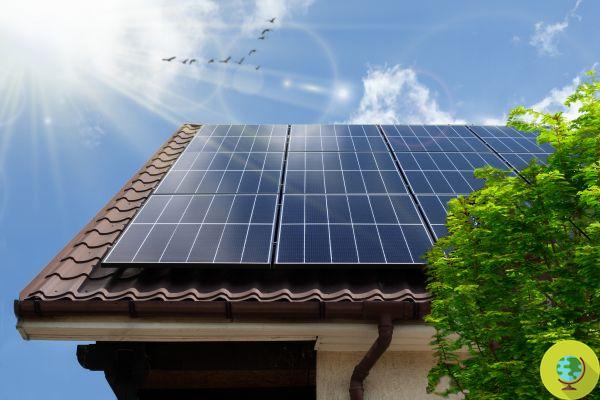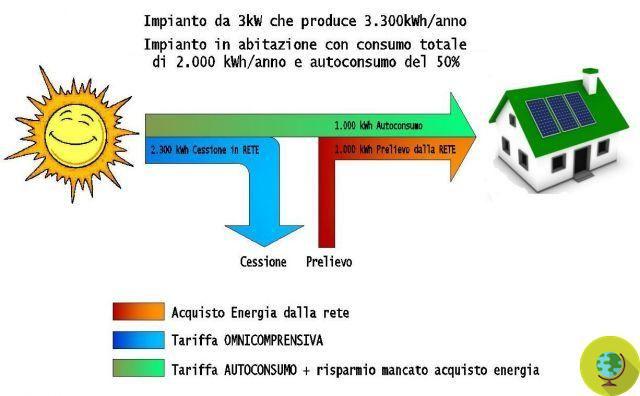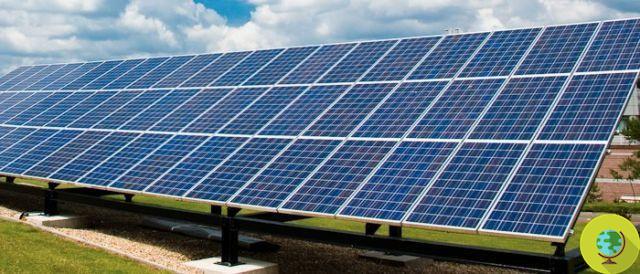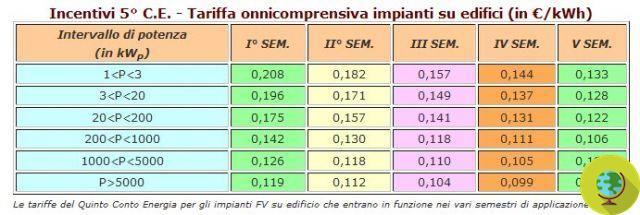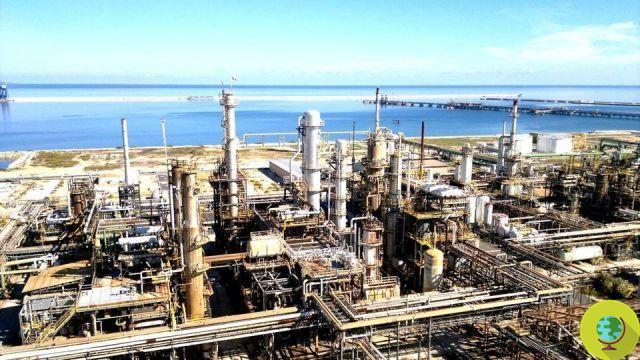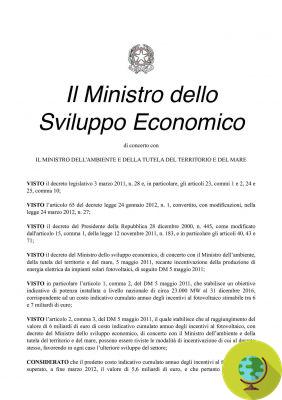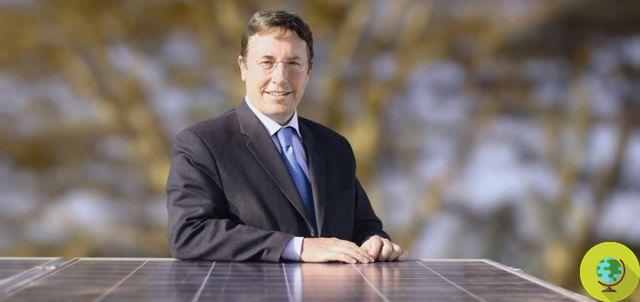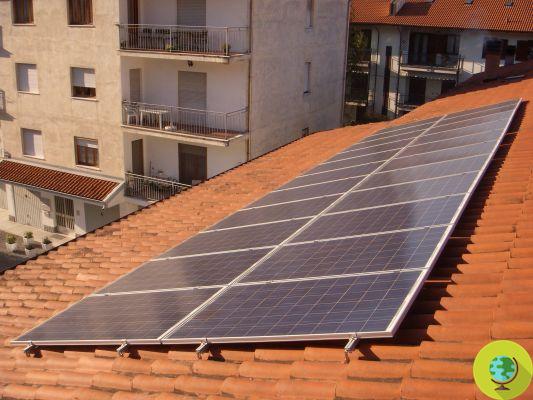
The annual meeting of the World Economic Forum (Wef) is underway in Davos, Switzerland. A moment to take stock of the situation and to understand how to deal with the ongoing climate emergency. On the occasion of the meeting, the WEF Climate Change and Green Growth Initiatives released the Green Investment Report 2013, which analyzed the prospects for green investments in the world
He is about to end up run over, his mother saves him
It is underway in Davos, Switzerland on meeting annuale del World economic forum (Wef). A moment to take stock of the situation and to understand how to deal with the ongoing climate emergency. On the occasion of the meeting, the WEF Climate Change and Green Growth Initiatives announced the dossier Green Investment Report 2013, which analyzed the prospects for green investments around the world.
It is the first publication of the Green Growth Action Alliance, made up of about 60 banks, public finance agencies and NGOs, launched on the occasion of the 20 Rio G2012 per unlock private funding for green investments.
According to the Green Investment Report, to ensure "green growth" we need to unlock approx 36 billion dollars in the form of additional public funding needed to stabilize global temperatures at an acceptable level.
The report points out that governments need to strategically direct their public finances to attract private capital into green investments through measures such as guarantees, insurance products and incentives. It is therefore necessary to take immediate action in the fight against climate change on a global level. But investments in renewables are not always frowned upon. For this they were also disclosed the 10 myths to dispel about climate change and green investments.
Index
The reduced economic activity linked to the financial crisis has led to a global reduction of greenhouse gases
False. Although some countries have seen emissions reductions, the United Nations Environment Program estimates global emissions in 2011 were 40 billion tonnes of CO2, 20% more than 2000 levels.
The renewable energy market is in global decline
This is also false. Global investments in renewable energy increased by 17% to a new record, 257 billion euros in 2011. The removal of state subsidies, however, caused some difficulties for companies, but others maintained a positive gross margin.
Industrialized countries (OECD) are the main investors in clean energy
False. In 2012, investments from non-OECD countries were higher than that of OECD countries. In fact, cross-border and domestic investment from non-OECD countries grew 15 times between 2004 and 2011 at a rate of 47% per year. Most of this non-OECD funding is in use on the internal market.
The public sector is the primary source of funds for climate-friendly investments
False. While international climate negotiations focus almost exclusively on public finance, the Climate Policy Initiative has documented that in 2011 only a quarter of cross-border investments went to climate change mitigation, a total of 96 billion. 75% instead came from private investors.
Cross-border investments in clean energy are a bigger source of funding than inward investments
Again this is not true. In 2011, Bloomberg New Energy Finance showed that 70% of global investments of this type came from internal investments. Interestingly, again, over 50% came from non-OECD countries.
The climate challenge cannot be faced due to fiscal austerity policies and limited public budgets
Absolutely false: While the International Energy Agency (IEA) estimates that $ 700 billion a year of investment is needed to stabilize the climate at two degrees Celsius, the corresponding fuel economy would make the transition easier. Between 2010 and 2050, the IEA expects net savings of $ 5 trillion.
7. Renewable energy is the sector that requires the most investments
False. The IEA estimates that new investments are needed until 2030 to address the climate challenge for the energy efficiency of buildings and industrial sectors, but 28% is dedicated to reducing transport carbon emissions and 21% is dedicated to clean energy production.
Investors do not have the right tools to manage the political risk associated with investing in clean energy in emerging markets
While investors have the perception that they are taking strong risks, this is not true. In fact, there are solutions that concern loan guarantees and regulate insurance coverage against risks. These tools are targeting new emerging markets.
It is difficult to mobilize funding for green growth in an uncertain economic environment
False. Despite the global economic slowdown, total new global investment in clean energy grew by 257 billion in 2011, a six-fold increase compared to 2004 and 93% more than in 2007, the year before the global financial crisis. .
Institutional investors do not have the means to invest in green infrastructure
It is not true. The solution is given by green bonds, i.e. bonds that have considerable potential as a means of accessing capital.
Francesca Mancuso
Read also:
- Climate change: those devastating extra 4ths. The alarm from the World Bank
- In 2050, no pasta: the fault of climate change





